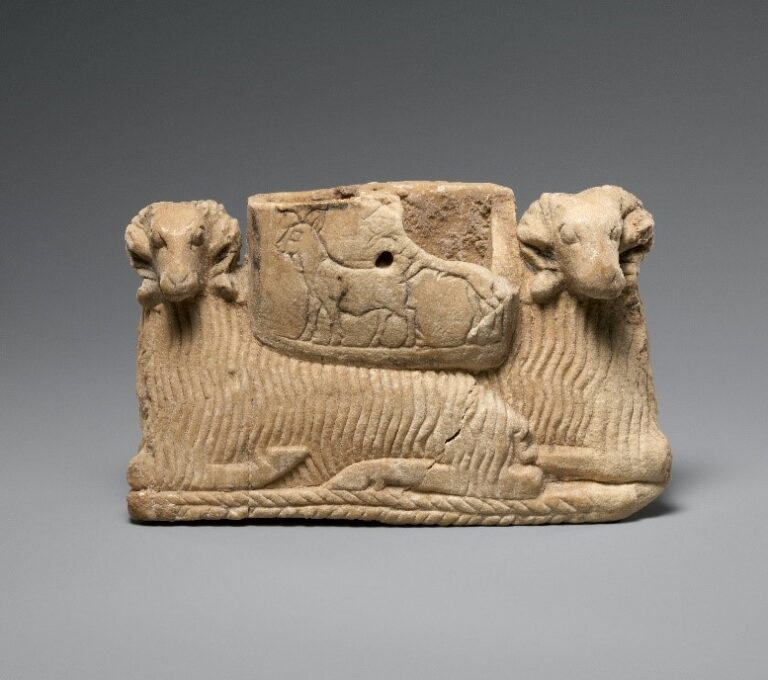 |
| (2024) |
Individuals working on the reconstruction of the Minoan Palace at Knossos on Crete are known to have worked on making elaborate forgeries. One of the most fascinating accounts of a death-bed confession is provided by Sir Leonard Woolley in his wonderfully named autobiography, As I Seem To Remember. These workmen understood what Sir Arthur Evans, the excavator, thought was ‘minoanizing’ and therefore could include details that made museum curators think that they were buying genuine objects from Crete that could then be presented in their public galleries to inform visitors about prehistoric Crete. One of these, the marble “Fitzwilliam Goddess” was acquired by the Fitzwilliam Museum, Cambridge in 1926 and inspired generations of Cambridge students to study the prehistoric cultures of the Aegean. The statue even graced the frontispiece of the first volume of the Cambridge Ancient History.
New York’s Metropolitan Museum of Art has just opened a new long-term—25 years—exhibition of Cycladicizing marble figures and other objects derived from the collection formed by the North American collector Leonard Stern. Not a single piece comes from a recorded archaeological context, and there is no certainty that all the figures can in fact dated to the third millennium BCE. The presence of forgeries among Cycladic figures is well known, and there is growing evidence that this can be traced back to at least the 1930s — and even before the First World War. This makes due diligence doubly important, not only to root out pieces that have been removed illicitly from archaeological contexts in recent decades—one figure in the collection has been identified in the photographic archive of a well-known Swiss-based handler of recently-surfaced material—but also to ensure that the figure did not pass through routes to the market that are now recognised as suspicious.
 |
| Source: Becchina archive Courtesy: Christos Tsirogiannis |
Figures from the Stern collection feature in the standard works on Cycladic figures such as Pat Getz-Gentle’s Personal Styles in Early Cycladic Sculpture, but this does not necessarily mean that they are ancient. Indeed, her earlier work, Sculptors of the Cyclades, included, by her own later admission, a number of figures that she considered to be of modern creation.
This is not a problem confined to the Stern collection. Figures in the Goulandris collection displayed in the Museum of Cycladic Art in Athens equally lacks recorded and secure findspots.
Archaeologists would seek to understand Cycladic figures that are derived from secure archaeological contexts, whether it be from graves on the island of Naxos, or in stratified deposits from Phylakopi on Melos.
Can we allow these insecure pieces to enter the corpus of knowledge, thereby potentially corrupting it?



No comments:
Post a Comment